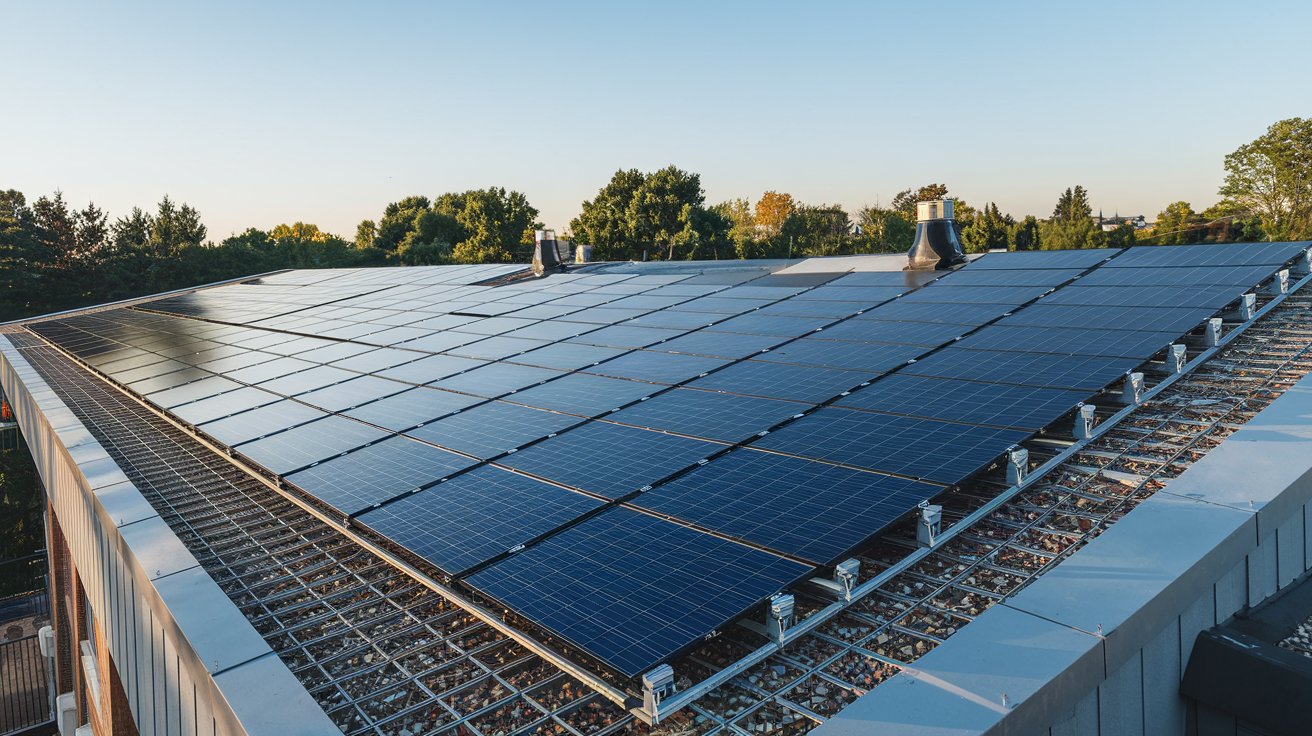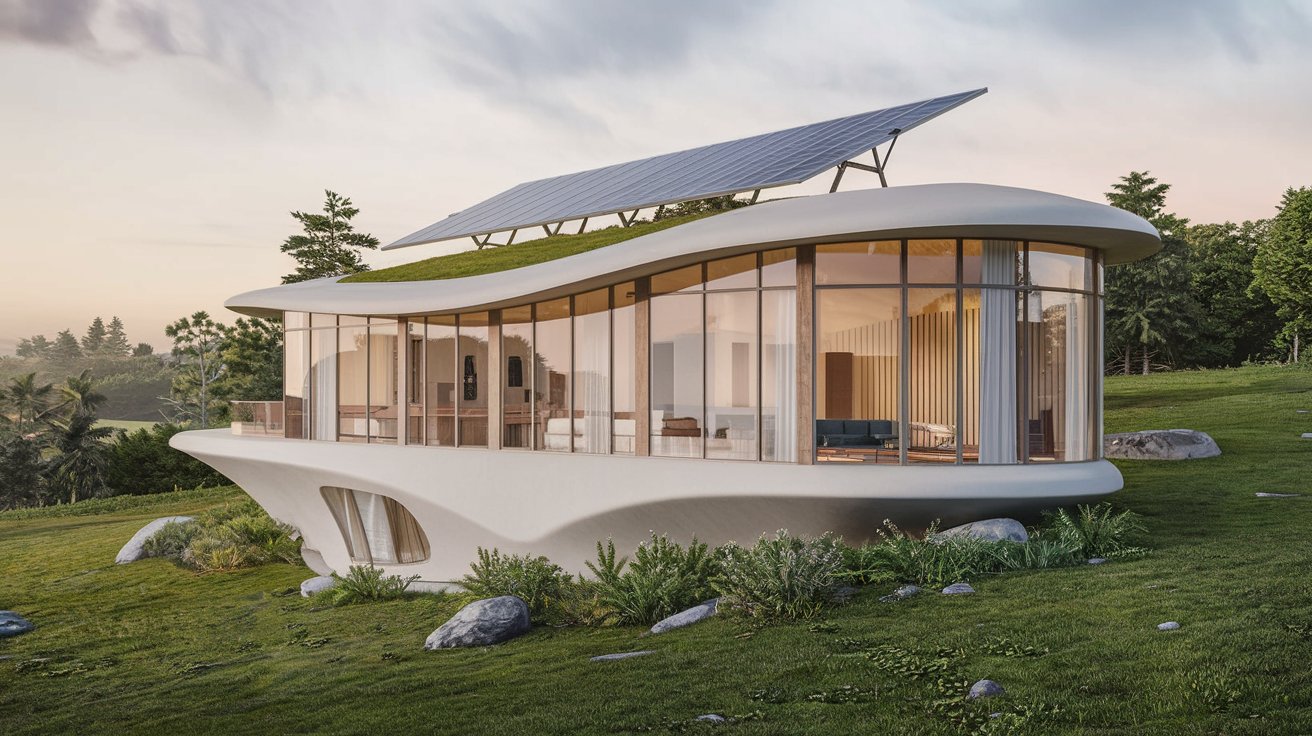With regard to sustainable energy, thermal solar energy is one of the best and most efficient ways to use the sun’s power. Photovoltaic systems use sunlight to make power. Solar thermal power, on the other hand, utilizes heat from the sun.
After that, you can use this heat for a variety of purposes, like heating water or powering industrial processes. This article discusses solar thermal power, its benefits, and its operation.
This new technology’s most frequently asked questions will also be answered.
Contents
What is thermal solar energy?
Defining Thermal Solar Energy
Thermal solar energy is all about utilizing the sun’s heat. This technology uses solar collectors to absorb sunlight and convert it into heat for heating.
Solar photovsolarc systems make power, but Solar thermal power is all about making heat.
How Thermal Solar Energy Works
Solar thermal power systems usually have a storage tank, sun collectors, and a fluid that moves heat. Solar collectors absorb light and heat a fluid that moves through the device. The device then sends the heated fluid to a holding tank or directly to a heating system to transfer the heat.
Types of Thermal Solar Energy Systems
1. Flat-Plate Collectors
How Flat-Plate Collectors Work
One of the most common devices used in solar heating systems is the flat-plate collector. It consists of an insulated, flat box with a transparent cover and a dark-colored plate inside.
This plate absorbs sunlight and converts it into heat. A series of pipes carries this heat to a circulating fluid, which can then be used for various heating purposes.
Benefits
- Cost-Effective: Generally less expensive than other types of collectors.
- Versatile: Suitable for a wide range of applications, including domestic water heating.
2. Evacuated Tube Collectors
How Evacuated Tube Collectors Work
These systems use multiple glass tubes with the air removed to create insulation. Inside each tube, a heat-absorbing plate captures sunlight and transfers the heat to a circulating fluid. The vacuum between the layers helps retain warmth, making the system effective even in colder or low-light conditions.
Key Benefits:
- High Efficiency: Performs well in cold climates and during low sunlight.
- Durability: Withstands temperature changes and harsh weather more effectively.
3. Concentrated Solar Thermal Systems
How Concentrated Solar Thermal Systems Work
These systems use mirrors or lenses to direct sunlight onto a focused point, producing intense heat. This thermal energy can be used to create steam or drive a heat engine, which in turn generates electricity or supports industrial processes.
Key Advantages:
- High Output: Ideal for large-scale power generation.
- Energy Storage: Often paired with thermal storage to deliver energy even when the sun isn’t shining.
Benefits of Thermal Solar Energy
1. Cost Savings
Using solar thermal power can cut heating bills by a lot. You can lower your energy costs and use fewer traditional energy sources if you take advantage of the sun’s free heat.
2. Environmental Impact
Solar thermal energy is clean and reusable. Compared to fossil fuels, it has less of an effect on the environment and releases fewer greenhouse gases. This makes it a safe way to heat your home.
3. Reliability
When paired with a well-thought-out storage system, solar thermal systems are stable and can provide steady heating all year long. They can also work well in a variety of weather situations.
Installation and Maintenance
1. Installation
Putting in a solar thermal power system usually means placing solar panels in a location where they will receive the most sunlight. The system is linked to a fluid that moves heat, as well as a holding tank or heating system. A professional should install it for optimal performance and economy.
2. Maintenance
Thermal solar energy sources don’t need much upkeep. Checking and cleaning the solar cells regularly can help them work as well as possible. It’s also important to check the system for leaks and make sure all of its parts are working right.
FAQ
What is the main difference between thermal solar energy and photovoltaic solar energy?
The main difference is that thermal solar energy captures heat from the sun, while photovoltaic solar energy converts sunlight directly into electricity. Thermal systems are used primarily for heating applications, while photovoltaic systems are used for generating electrical power.
How efficient are thermal solar energy systems?
The efficiency of thermal solar energy systems varies depending on the type of collector and the system’s design.
Flat-plate collectors generally have an efficiency of 50-70%, while evacuated tube collectors can achieve efficiencies of 60-80%. Concentrated solar thermal systems can achieve even higher efficiencies for large-scale applications.
Can thermal solar energy be used in cold climates?
Yes, thermal solar energy systems can be effective in cold climates, especially when using evacuated tube collectors.
These collectors are designed to perform well in low-light and cold conditions, making them suitable for various climates.
How long do thermal solar energy systems last?
Thermal solar energy systems are designed to be durable and can last 20-30 years or more with proper maintenance.
Regular inspections and care can help extend the lifespan of the system.
Are there incentives for installing thermal solar energy systems?
Many regions offer incentives and rebates for installing thermal solar energy systems. These incentives can help offset the initial costs and encourage the adoption of renewable energy technology. Check with local government and utility programs for available options.





Leave a Reply